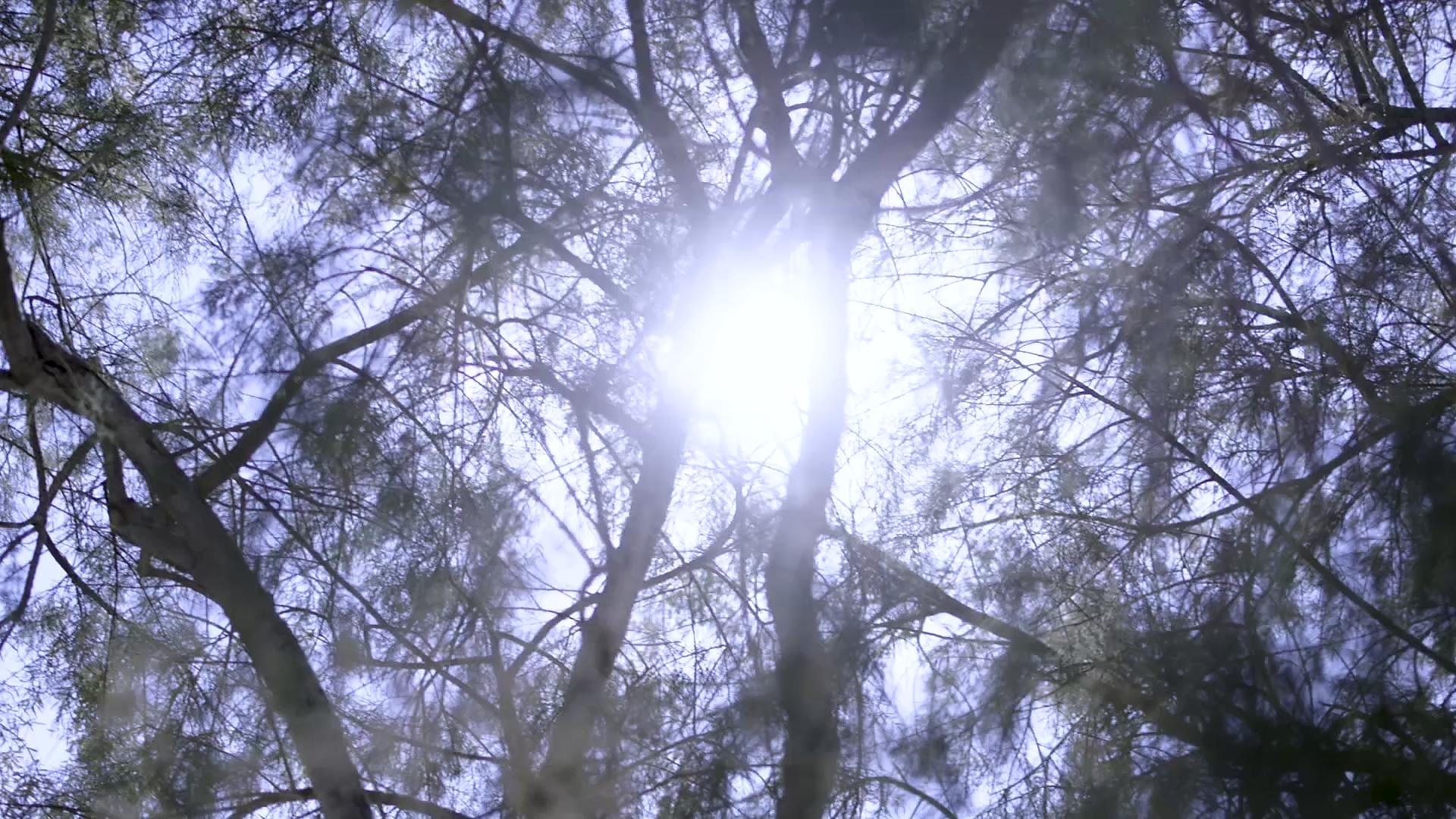What can we learn from Colombia’s remote Kogi people?
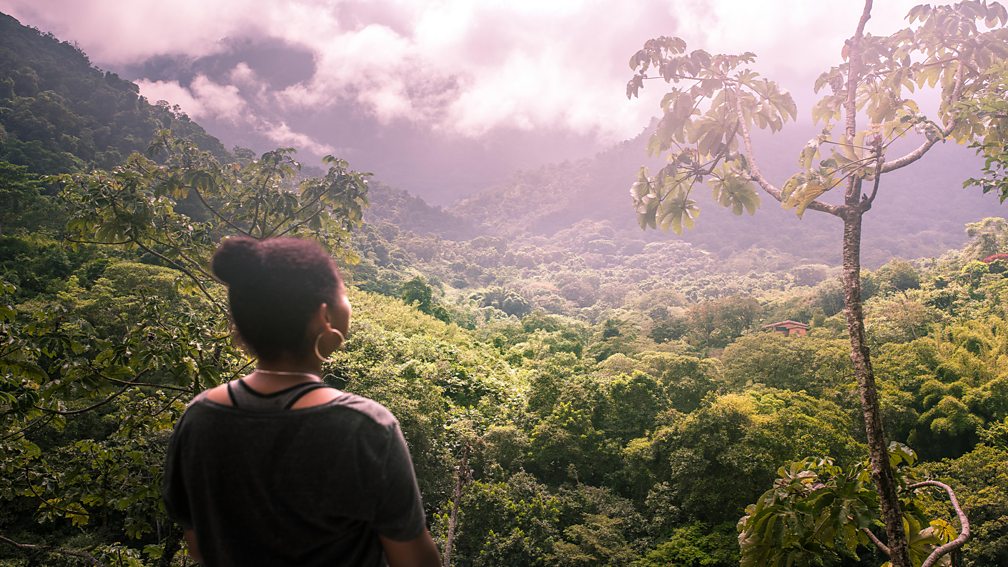
For more than 500 years, the Indigenous Kogi people have lived in relative isolation. Now, a new tourism initiative is revealing their unique worldview.
The northern Colombian village of Minca has its own musical score, quite unlike anything a human could compose. As I ambled up a roadside track west of the village, the dawn chorus seemed to get louder: a crescendo of cicadas ebbed, a golden tanager rattled and, in the distance, a lone dog howled. My guide, Otoniel Gil Garavito gestured for me to quiet my step as I came to a halt under the humming branches of a twisted caracolí tree. Silently pointing out red tail feathers flashing between its leaves, Garavito handed me his heavy binoculars and pursed his lips to make a strange sound, air whistling sharply. A cinnamon becard stopped momentarily to hear his call.
The tiny bird is common to Latin America, but it was not one of the 24 endemic species I had travelled to the Sierra Nevada de Santa Marta Natural National Park hoping to see. This ancient coastal mountain range is the world's most important continental endemic bird area, which just hints at its ecological wealth. The Unesco World Biosphere Reserve is home to 635 endemic bird species – including the critically endangered helmetcrest and the Santa Marta Sabrewing –which all depend on the landscape's health for their continued existence. Garavito knows that while the absence of these species is concerning, he sees a glaring irony in my desire to see the rarest of rare species: "Every bird, even a common bird, is special in Indigenous culture," he said.
Nuwá means bird in Garavito's native Kogui language. To the Indigenous Kogi community, birds are considered spiritual teachers of profound insight. Directly descended from the pre-Columbian Tairona civilisation, Kogi have occupied the higher elevations of the Sierra mountain range for more than 500 years, yet Nuwá BirdLife is the first Kogi-owned-and-led outfitter to ever offer bird tours to travellers.
The company's tours, (which range from half-day hikes around Minca to full-day tours to the Cerro Kennedy mountaintop viewpoint), bridge Western science and Indigenous wisdom while encouraging birdwatchers to think about the landscape something that has shaped, and is shaped by, humans.
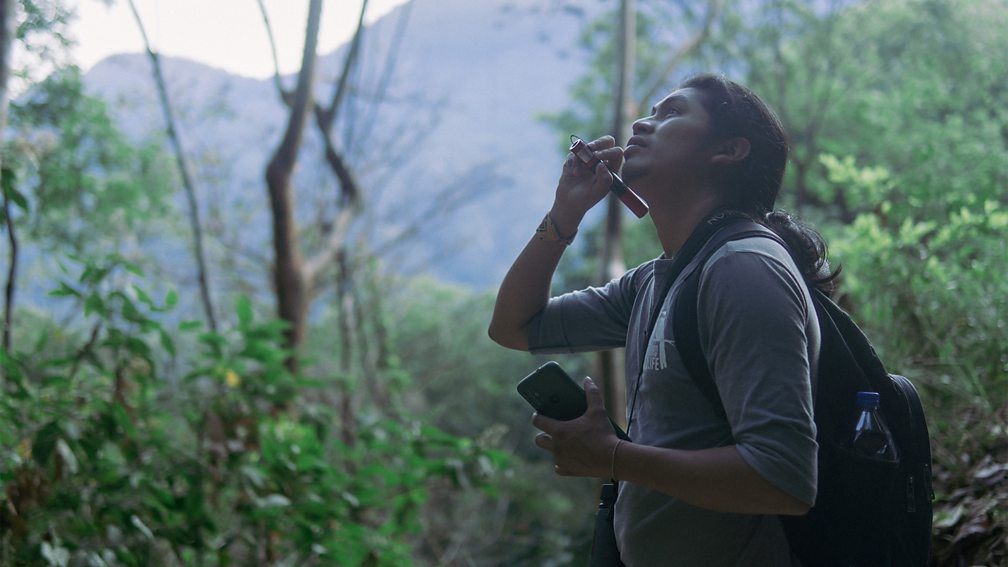
The Kogi have historically tried to resist contact with the outside world. As wave after wave of invaders has threatened their peaceful existence – from the warring Caribs from the Caribbean in roughly 1000 CE to the Spanish conquistadors who violently established the colonial port-city of Santa Marta in 1525 – the Kogi retreated from the coast into higher altitudes, where the thick cloud forest begins to thin out into rocky scrabble and there's a distinct chill in the air. They quietly tucked their villages into the mountainous folds of the Sierra Nevada, remaining somewhat isolated for centuries.
When Colombia's armed conflict between guerilla groups and right-wing paramilitaries broke out in the 1960s, the Kogi suffered. Swathes of native forest were cleared for cocaine production, and in the ensuing decades, cattle-ranchers, political violence, state-supported mining conglomerates and loggers – even struggling Kogi opting for slash-and-burn farming techniques – further decimated their ancestral lands. Today, only 17% of the Sierra Nevada's original cloud forests remain.
Though only 22 years old, Garavito has noticed how Minca's cloud forest has changed in his lifetime. "I remember when I was coming here 14 years ago, you could normally hear [the spectacled owl] at night. But now it is difficult to hear," he said.
Passing Minca's west flank, we paused in the shadow of the village's sole church, a rustic, white-washed building bearing a small wooden cross. We heard the roar of a convoy of tourist-filled 4x4s somewhere in the distance, and Garavito sighed: "It's a strong sound you know," he said, lamenting the growing problem of man-made noise pollution. Studies have shown bird reproduction is particularly susceptible to noise. "Normally a bird can communicate danger to others," he explained. "Now, they are less alert to a predator coming, like a hawk or falcon."
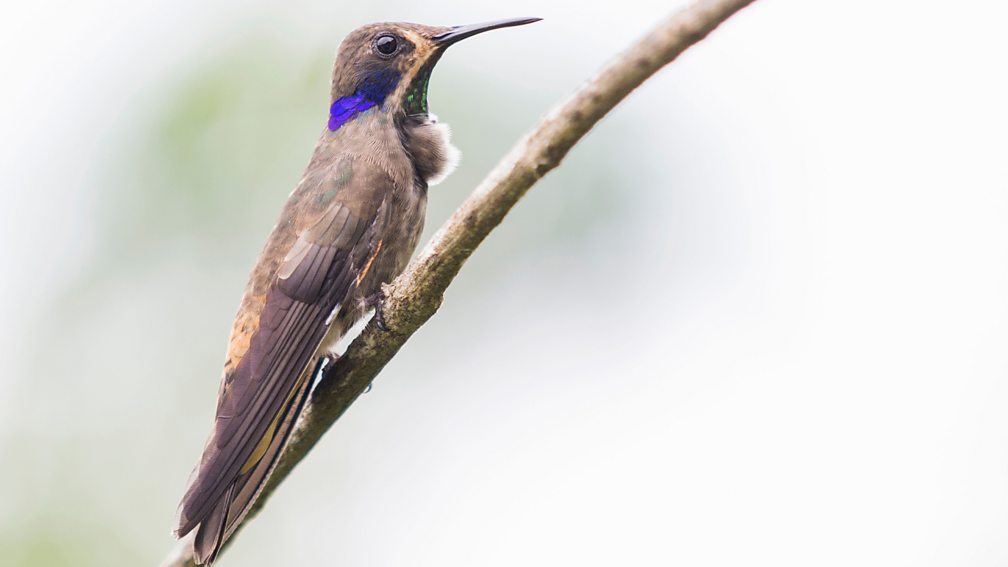
A growing tourism boom is changing the Sierra Nevada's topographical landscape too.
How to visit
Getting around:
Minca is best navigated by foot. If you need to go further afield, moto-taxis go from the square.
Where to stay:
Family-run Casa Loma Minca is a stunning boutique hotel with a glorious garden, plus a shared communal kitchen that helps guests keep track of their food waste.
Where to eat:
Casa Loma Minca serves zesty, crunchy vegetarian dishes, while WAIRA has flavourful vegan ice cream. The nearby permaculture farm Plan B offers pre-booked tours with a vegan and organic lunch using produce grown on-site.
What to do:
Minca is gushing with waterfalls. Popular hikes include Pozo Azul, Marinka Waterfalls, Cascada Escondida and Oído del Mundo. Caficosta Caribbean Coffee Shop and La Victoria both offer coffee-tasting sessions and tours.
When to go:
November to April has pleasant, dry weather and great bird visibility.
Rustic hotels, Swiss bakeries and biodynamic farmsteads now dot the roads leading travellers to waterfalls. Minca's close proximity to the Lost City Trek (a five-day hike to the ruins of an ancient Tairona city) and Tayrona National Park has drawn attention from property developers. In fact, it's predicted that the nearby Simón Bolívar International Airport could see an increase from 2.4 million passengers in 2019 to 7.3 million in the next few decades. As travellers descend, the balance between commerce and conservation will be an ongoing issue.
I followed Garavito on the short morning tour around the outskirts of Minca as he wove behind a hostel and strode down a trail he's dubbed the Toucan Path. "Every species gathers in a special place" he explained later, while resting his binoculars on guarumo tree, "but if you don't know their song you'll never be able to see them." I realised I usually relied on sight alone to navigate the forest.
Garavito explained that the Kogi are highly attuned to their surroundings and understand the Sierra Nevada as a living, breathing body of Aluna, or the"great mother". They believe the mountain range is connected as a life force, ecologically and spiritually, and humans must listen to it. He also explained the community have "messenger birds" – such as the falcon, the house wren and several species of tanager – who are symbolic psychic guides within everyday life. "The squirrel cuckoo tells us about danger," he said. "You get a message of protection."
To Western ornithologists, bird calls help explain behaviours various species are displaying. But Garavito explained that the Kogi will not only heed birds' warning calls and watch for danger lurking in the undergrowth, but interpret certain calls as indicating personal turmoil within oneself, or that a lie has been told. Understanding our actions and intentions are bound with the natural world is part of his mission to educate travellers about a mutually sustainable relationship of communication and care toward the environment.
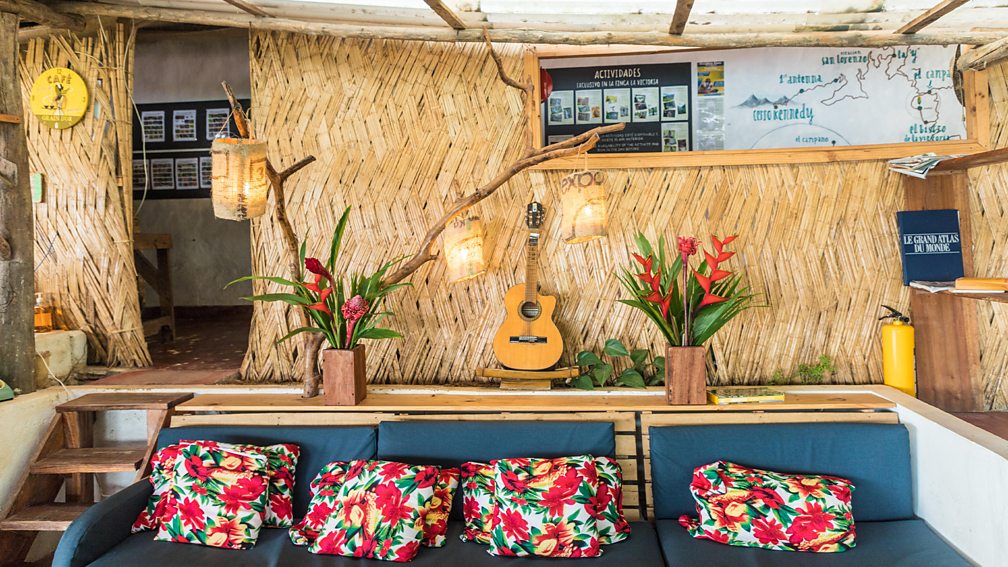
As we walked along a narrow path clinging to a leaf-strewn mud bank, Garavito gestured to the thick curtain of forest surrounding us. "We don't have gods," he said. "Everything that is living has a father and mother, the tree has a father and mother (Kaldakshé and Kaldāwiā), the river has a father and mother, like ourselves… It isn't Western conservation, it's more spiritual protection."
"Whatever the Kogi do seems to regenerate land very quickly," said Dr Luci Attala, a board member of the Tairona Heritage Trust, an organisation founded by filmmaker Alan Ereira, who has made two documentaries about the Kogi. Attala explained that through offerings of spiritual protection, where Kogi leaders engaged in deep listening and remained open to nature's communication, such as subtle bubbles in a stream, they revived the once-ravaged basin of the Guachaca into a thriving ecosystem in just 20 years.
"It's not easily explainable with conventional methods," Attala said. "The Kogi appear to have done very little, but they actively engage with the territory in ways only they understand."
Attala is currently working on a collaborative Kogi-led ecological restoration project called Múnekañ Masha (meaning "let it be reborn"), in which two groups with radically different methods – Western environmentalists and Indigenous leaders – attempt to learn conservation methods from one another. Traditionally, the Kogi don't tell time, count or write as other cultures might understand it. "It's not about translating other people's ideas away so that they fit into hard science paradigms or conventional ways of understanding conservation," Attala explained. "It's about finding ways to allow different worlds to coexist."
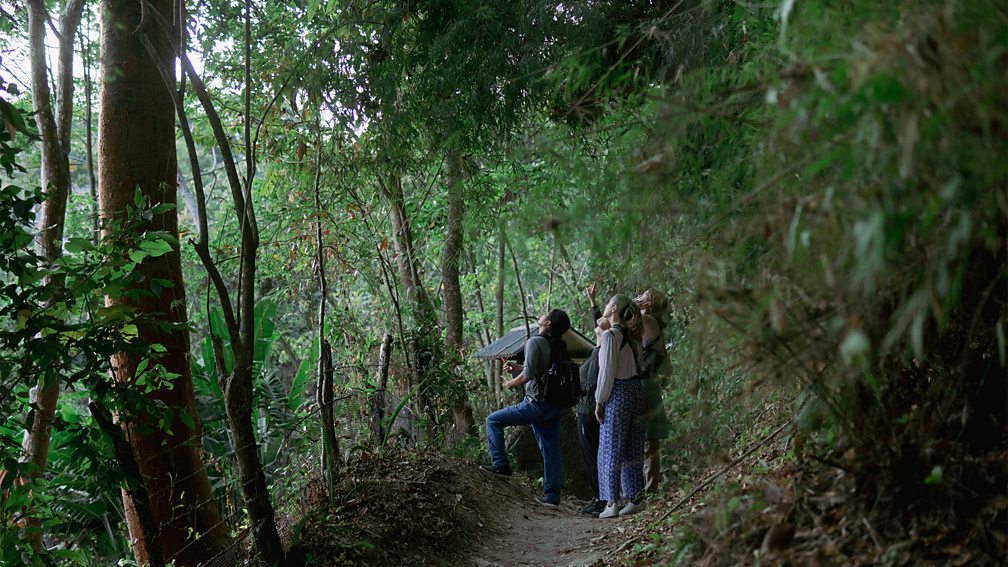
Last year, Garavito taught local non-Indigenous children about ornithology as part of the Fly High Bird Club, a youth programme that integrates Indigenous knowledge and ethno-ornithology (the study and relationships between people and birds).
Carbon count
The travel emissions it took to report this story were 2.36 metric tons of CO2e. Find out more about how we calculated this figure here.
"I explain the function of insects and plants and ask them to consider the lifecycle of the tree," he said. "I'll show them how the fruit is eaten by the insect, the insect by a bird, and how this is all a form of communication." He noted that when local campesinos (farmers) and travellers alike understand the landscape as interconnected and more valuable in terms of eco-tourism, then less damage will be done to it.
Garavito remains hopeful for the future. More travellers arriving in the region means the Kogi's calls for a greater awareness of the interconnected natural world and our duty to protect it, have a better chance of being heard. "What's important is the communication," he said. "What's important is that you understand me."
Green Getaways is a BBC Travel series that helps travellers experience a greener, cleaner approach to getting out and seeing the world.
---
Join more than three million BBC Travel fans by liking us on Facebook, or follow us on Twitter and Instagram.
Sign up to the Future Earth newsletter to get essential climate news and hopeful developments in your inbox every Tuesday from Carl Nasman. This email is currently available to non-UK readers. In the UK? Sign up for newsletters here.


